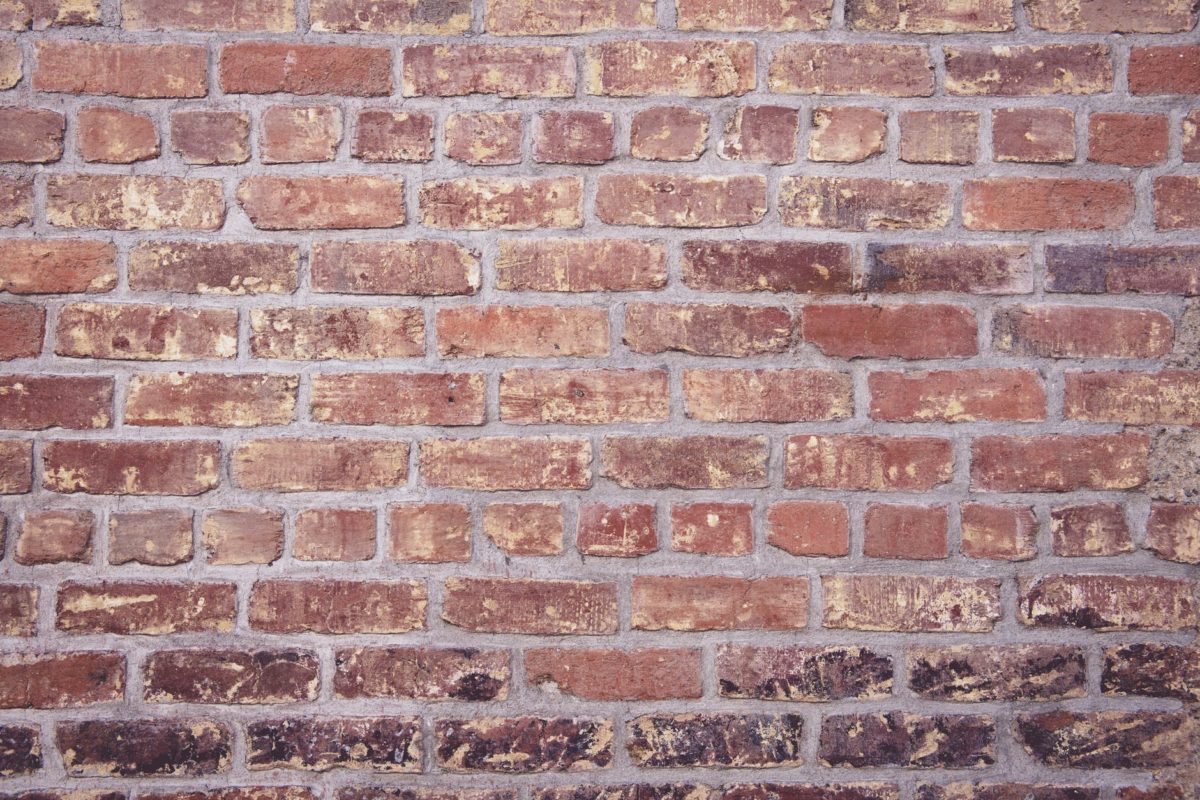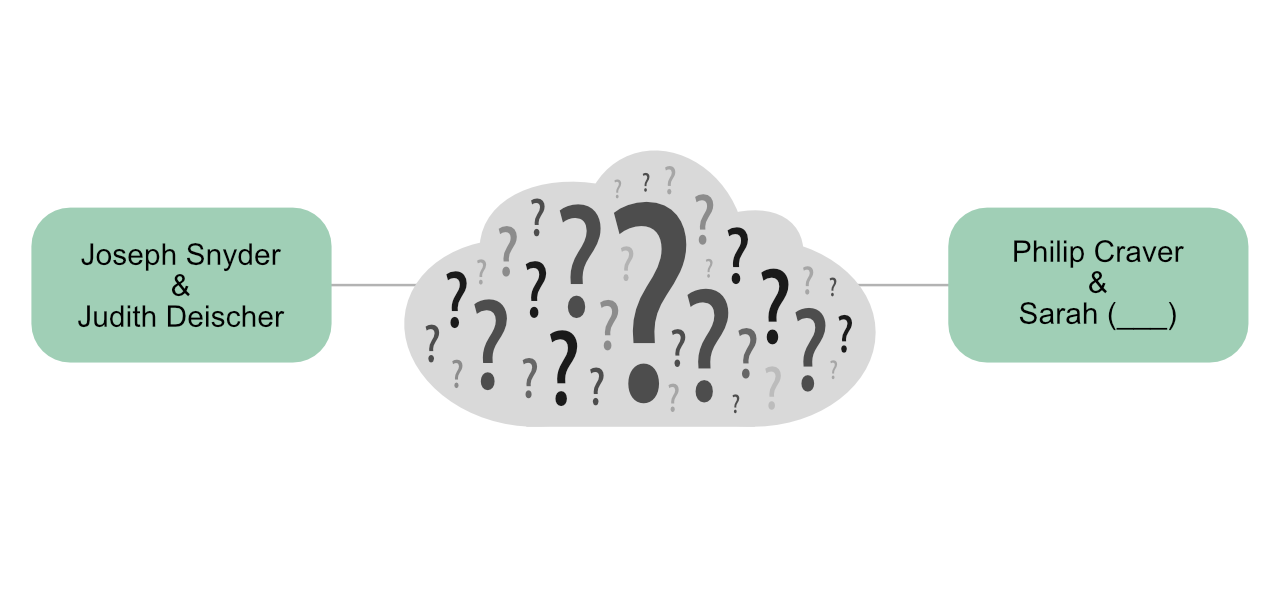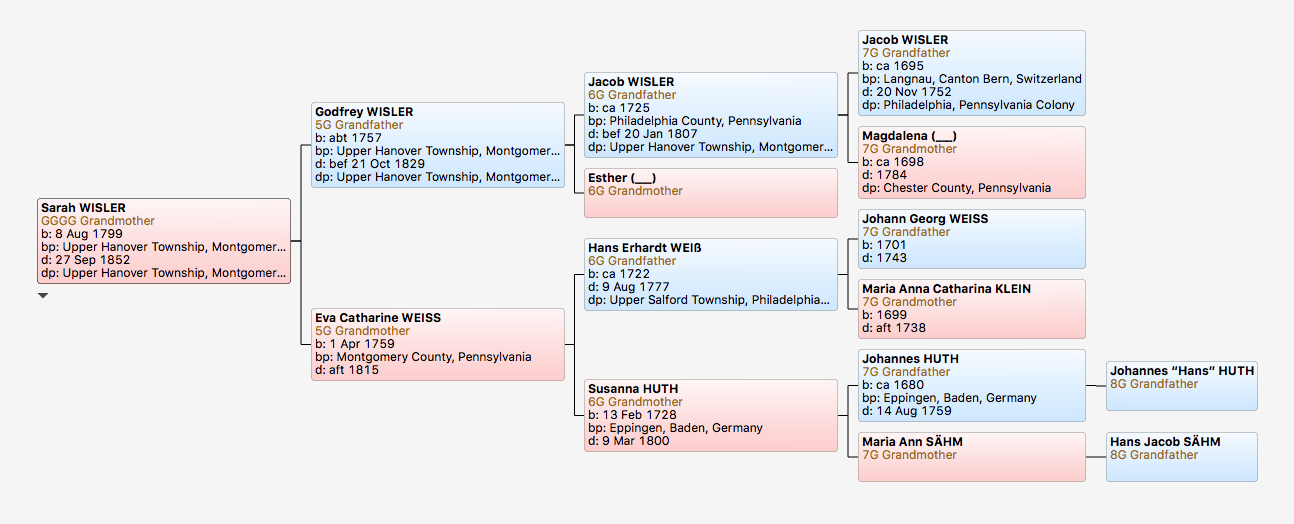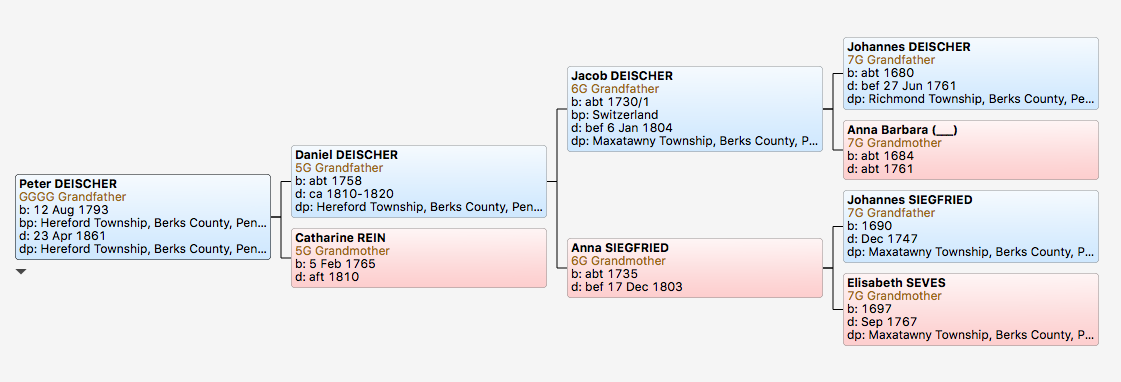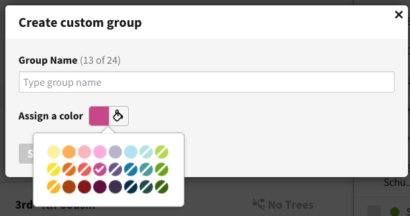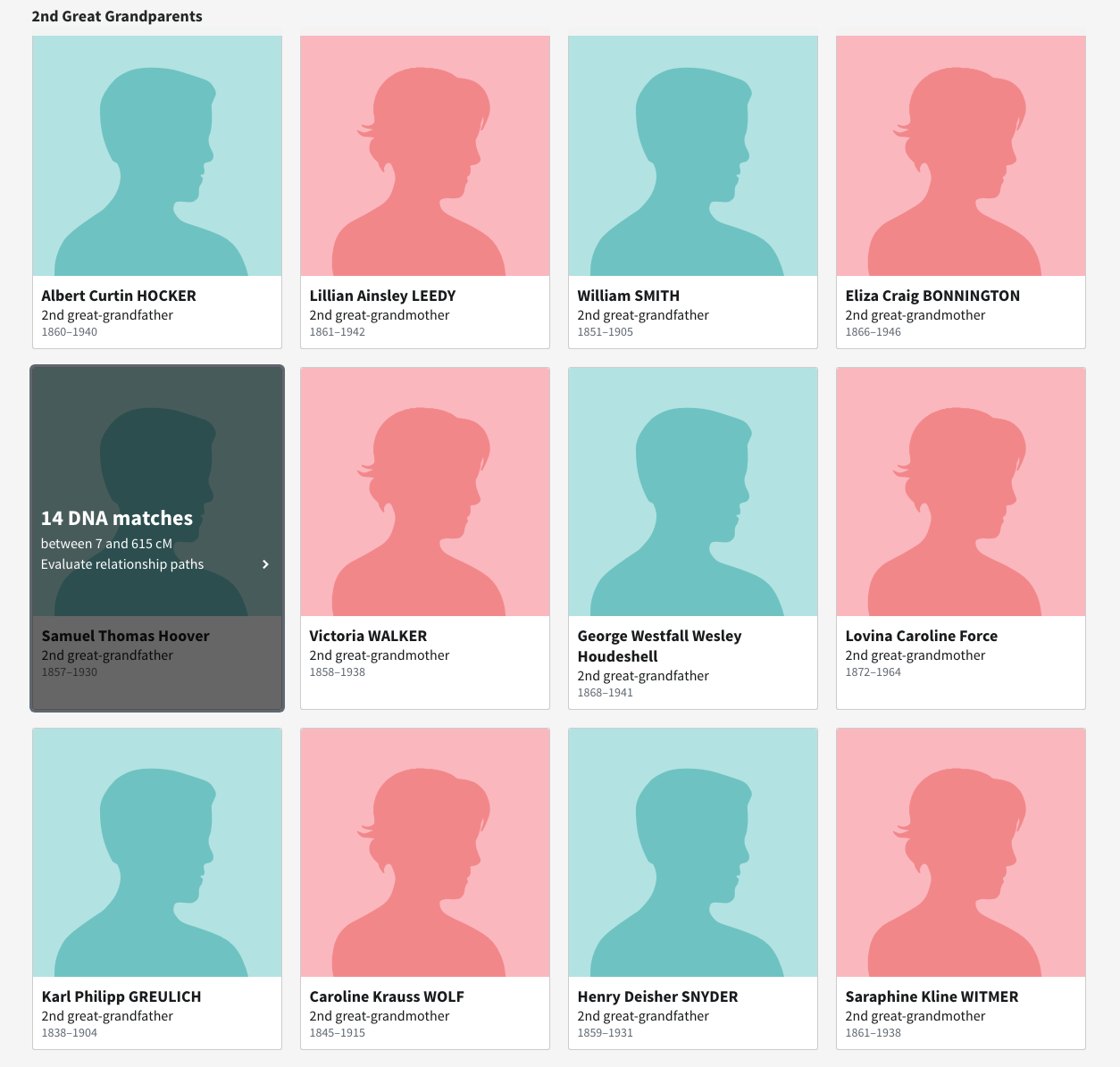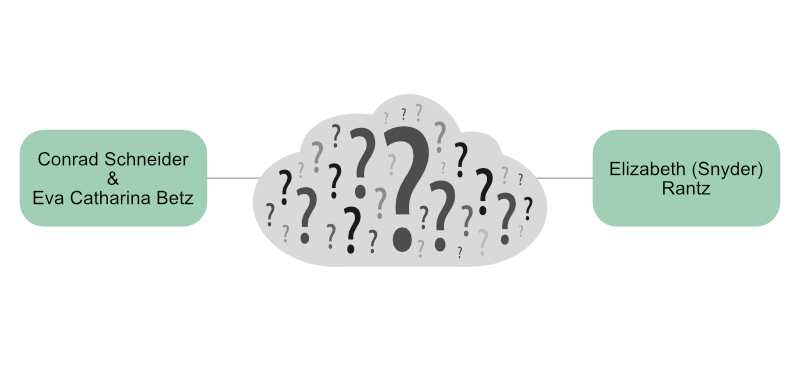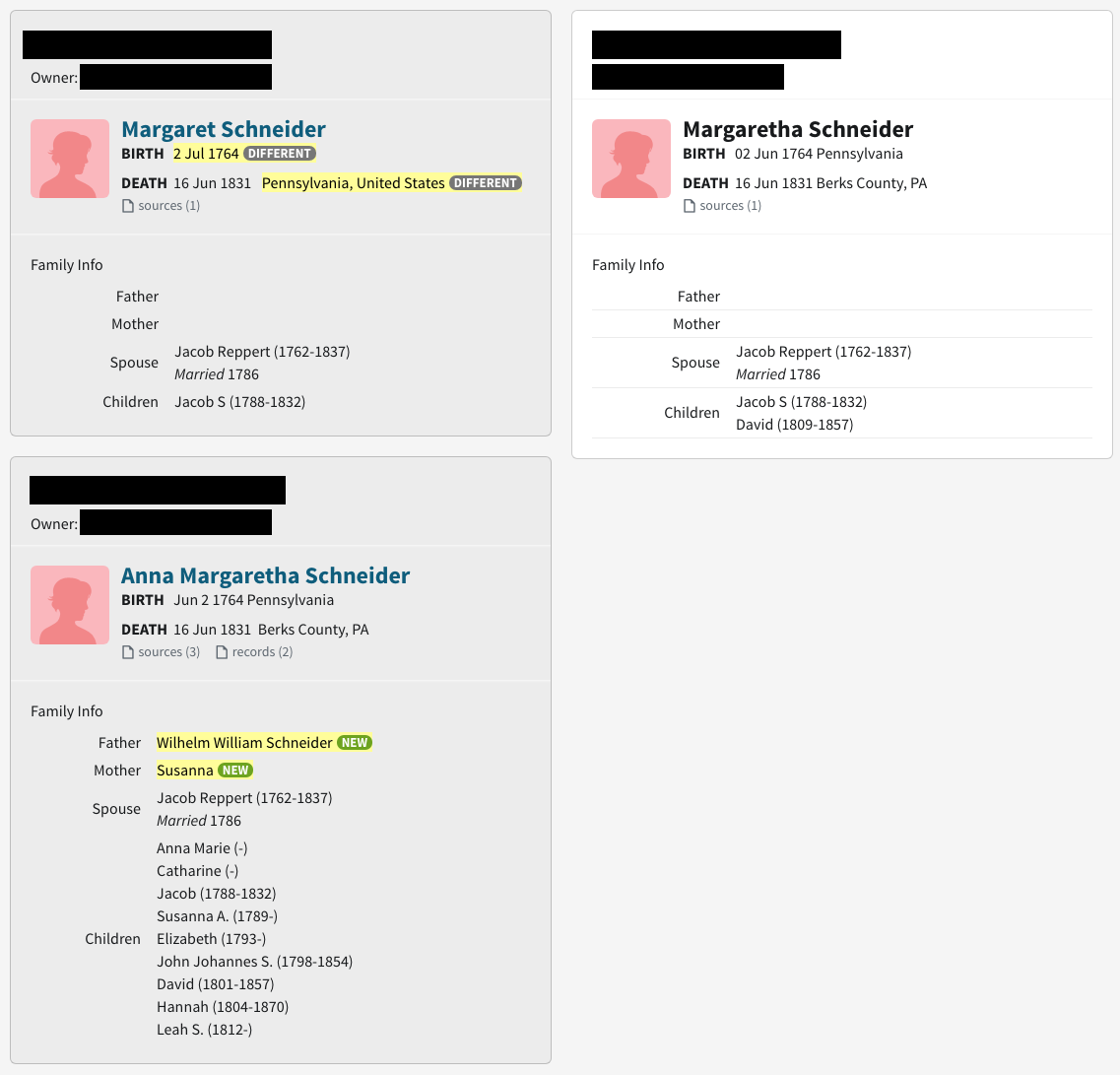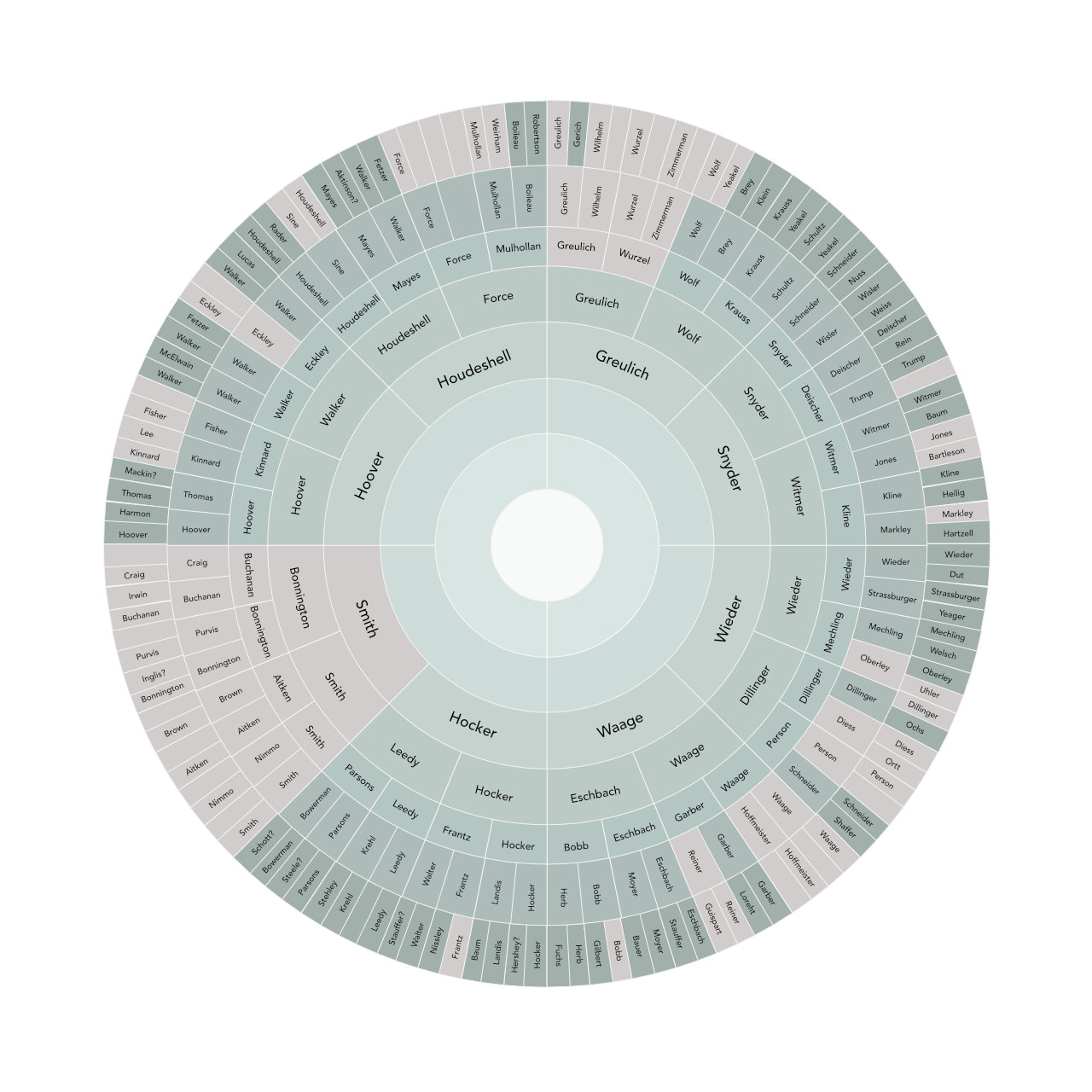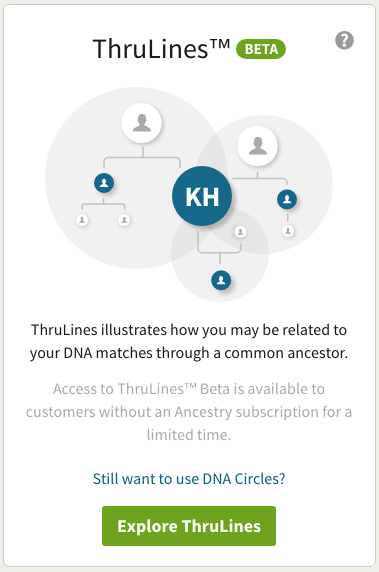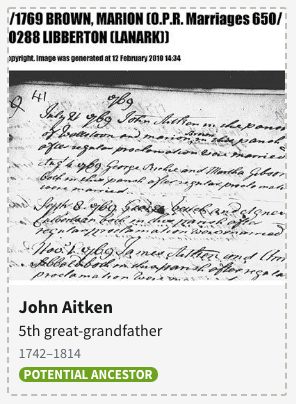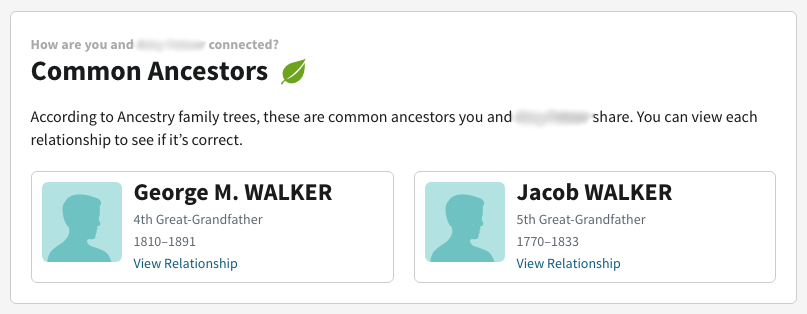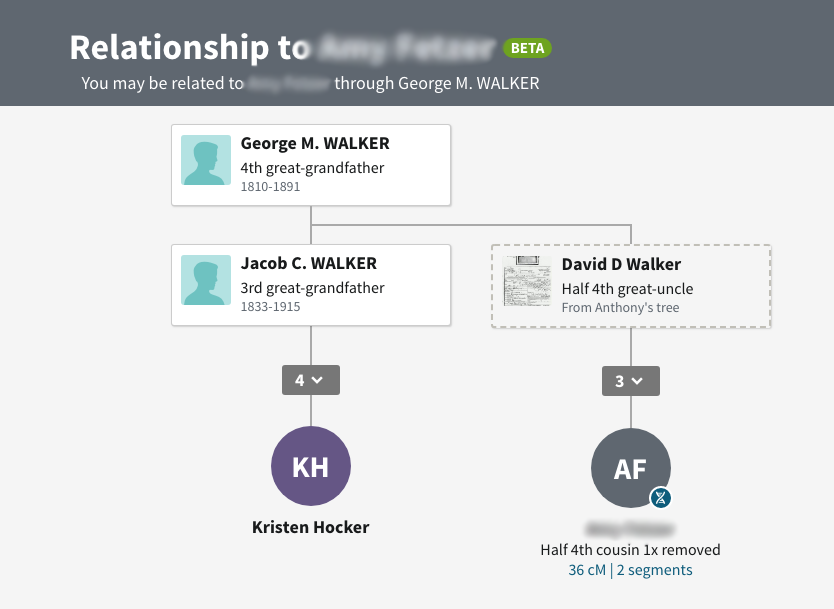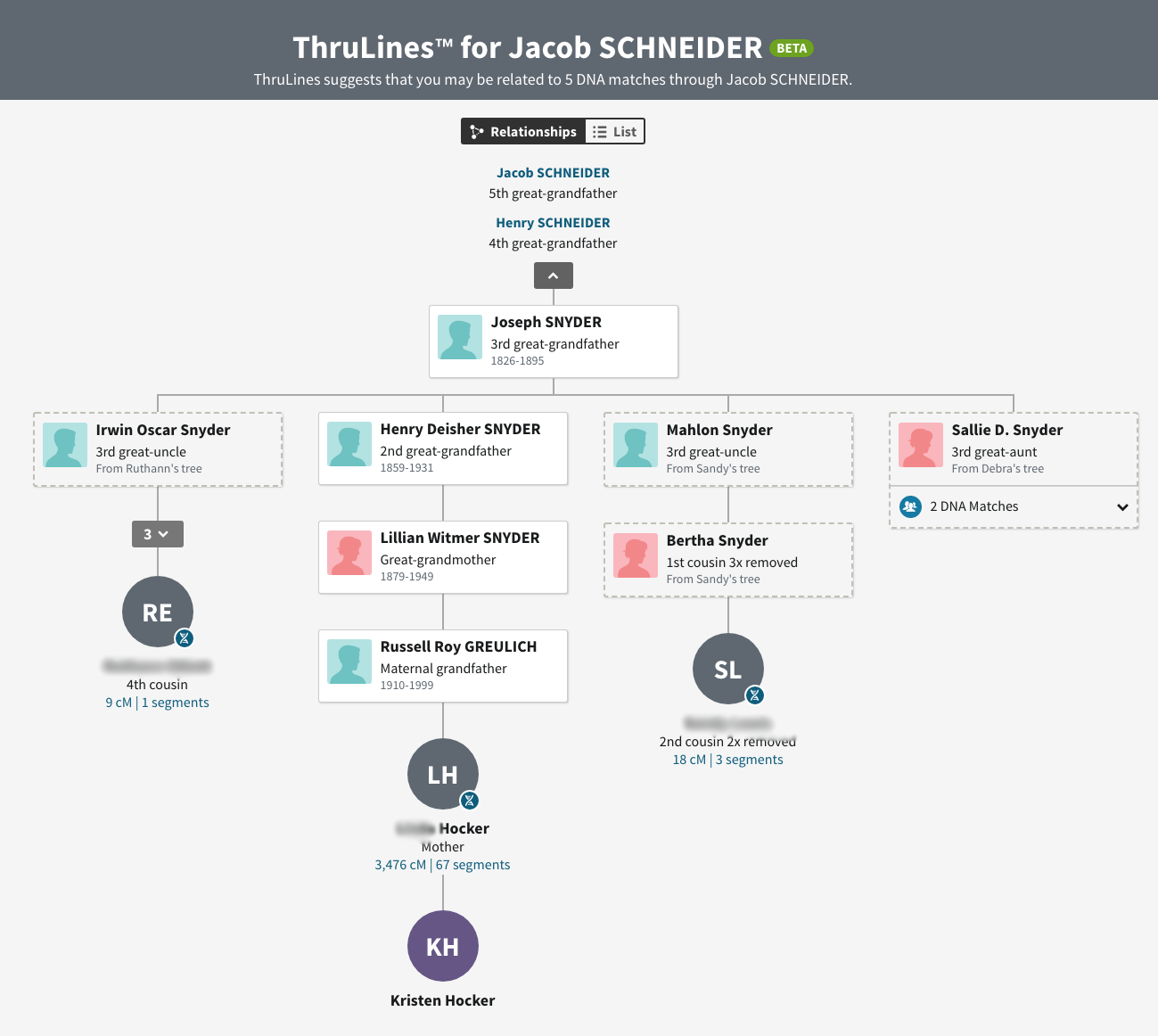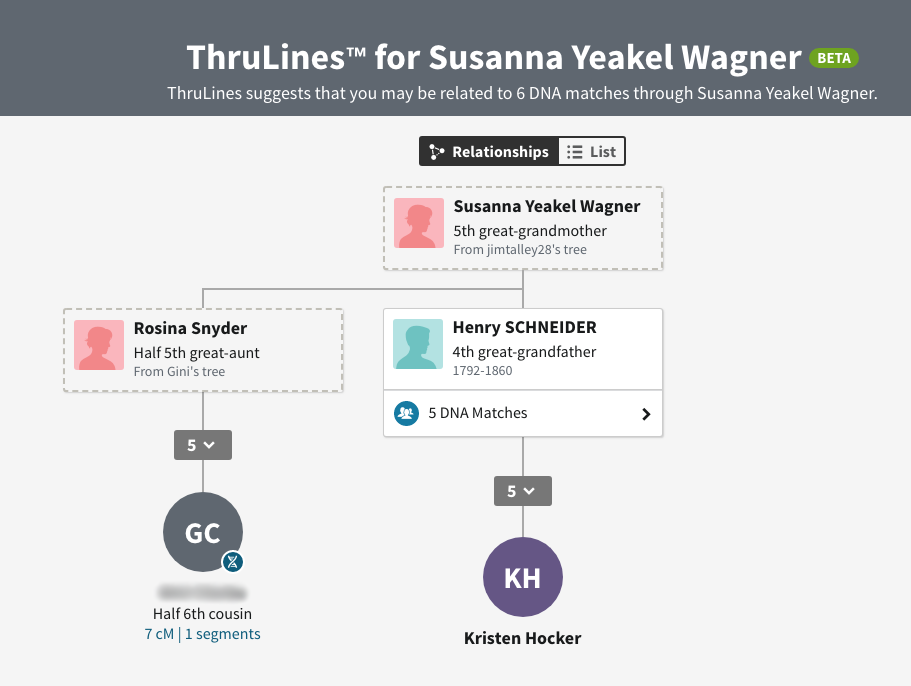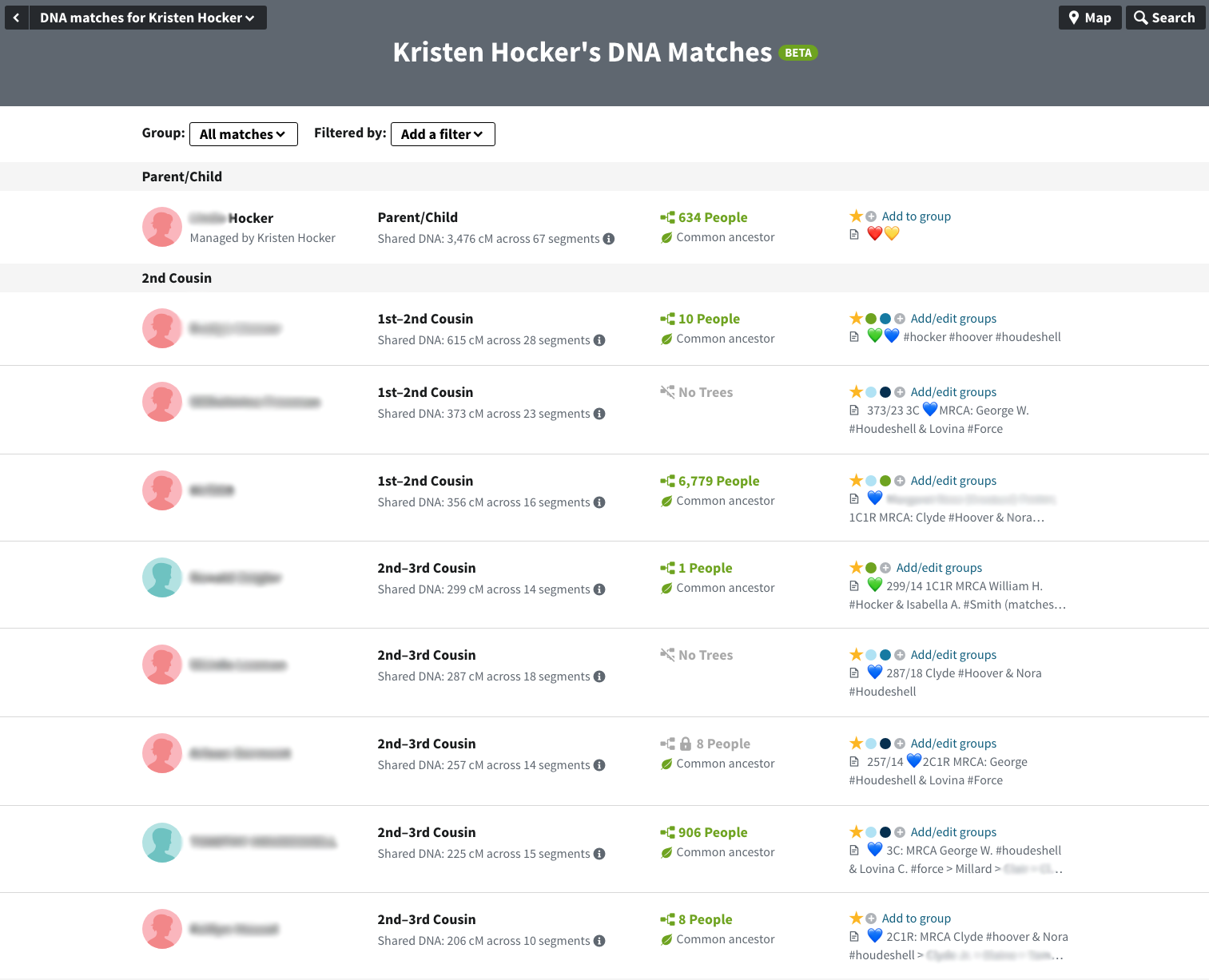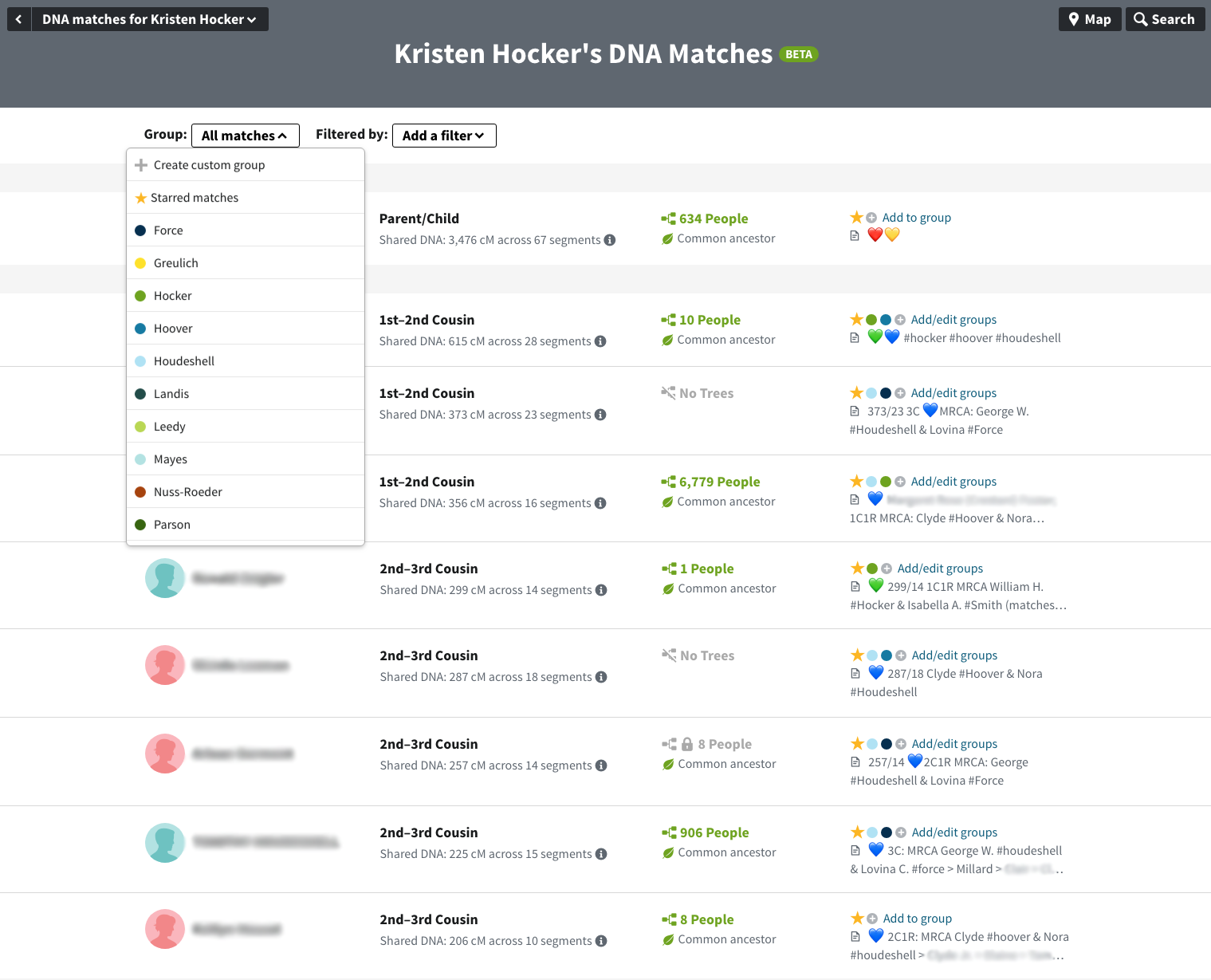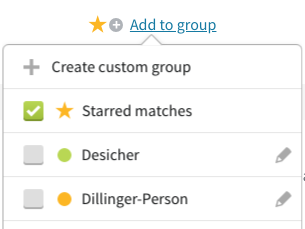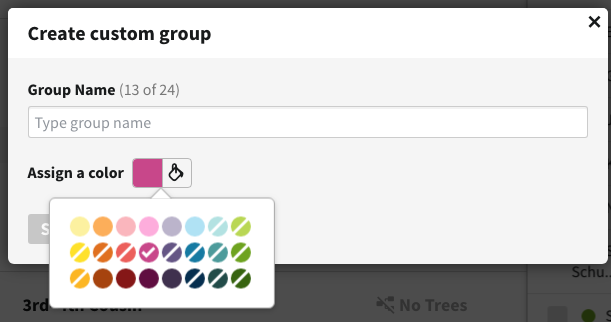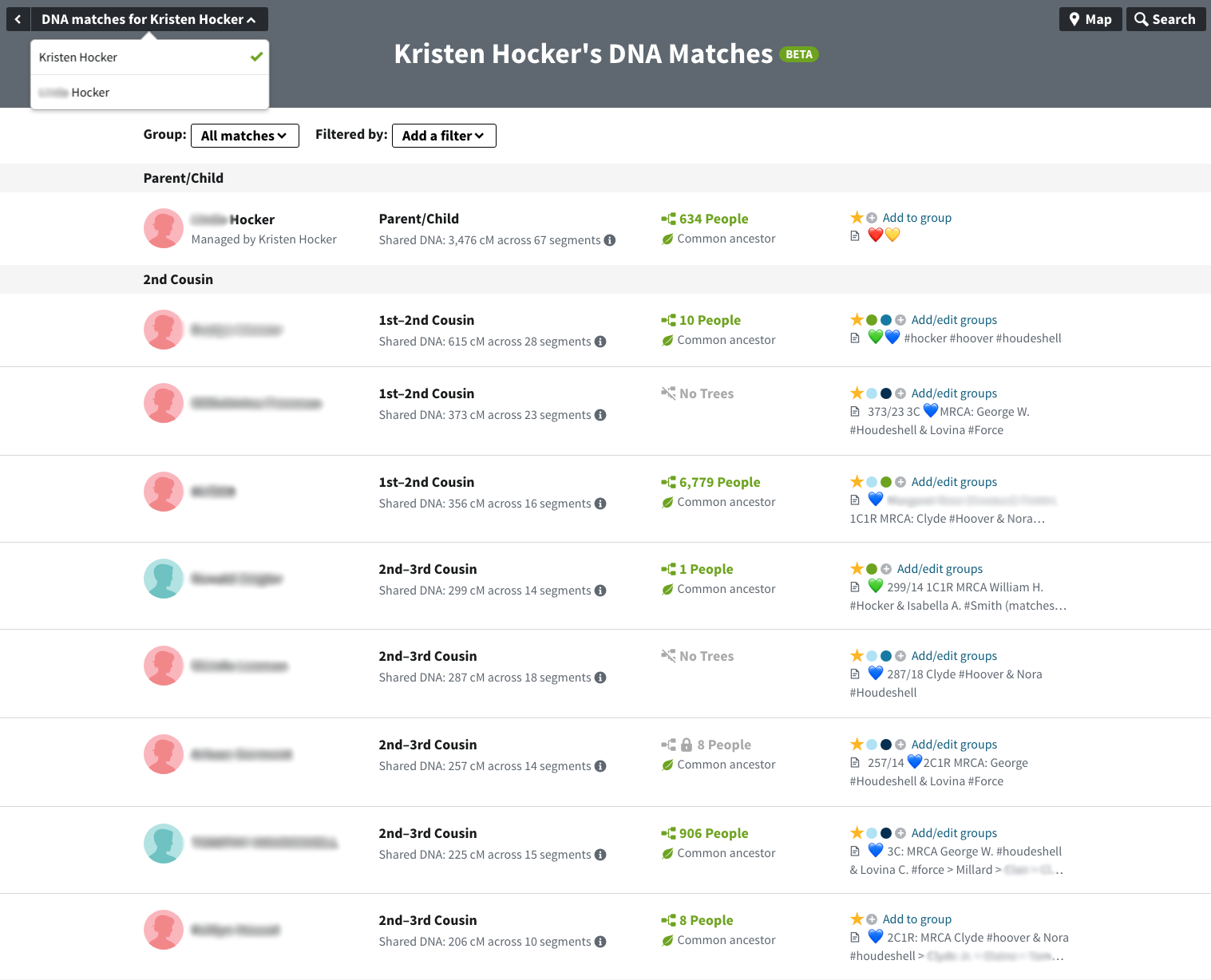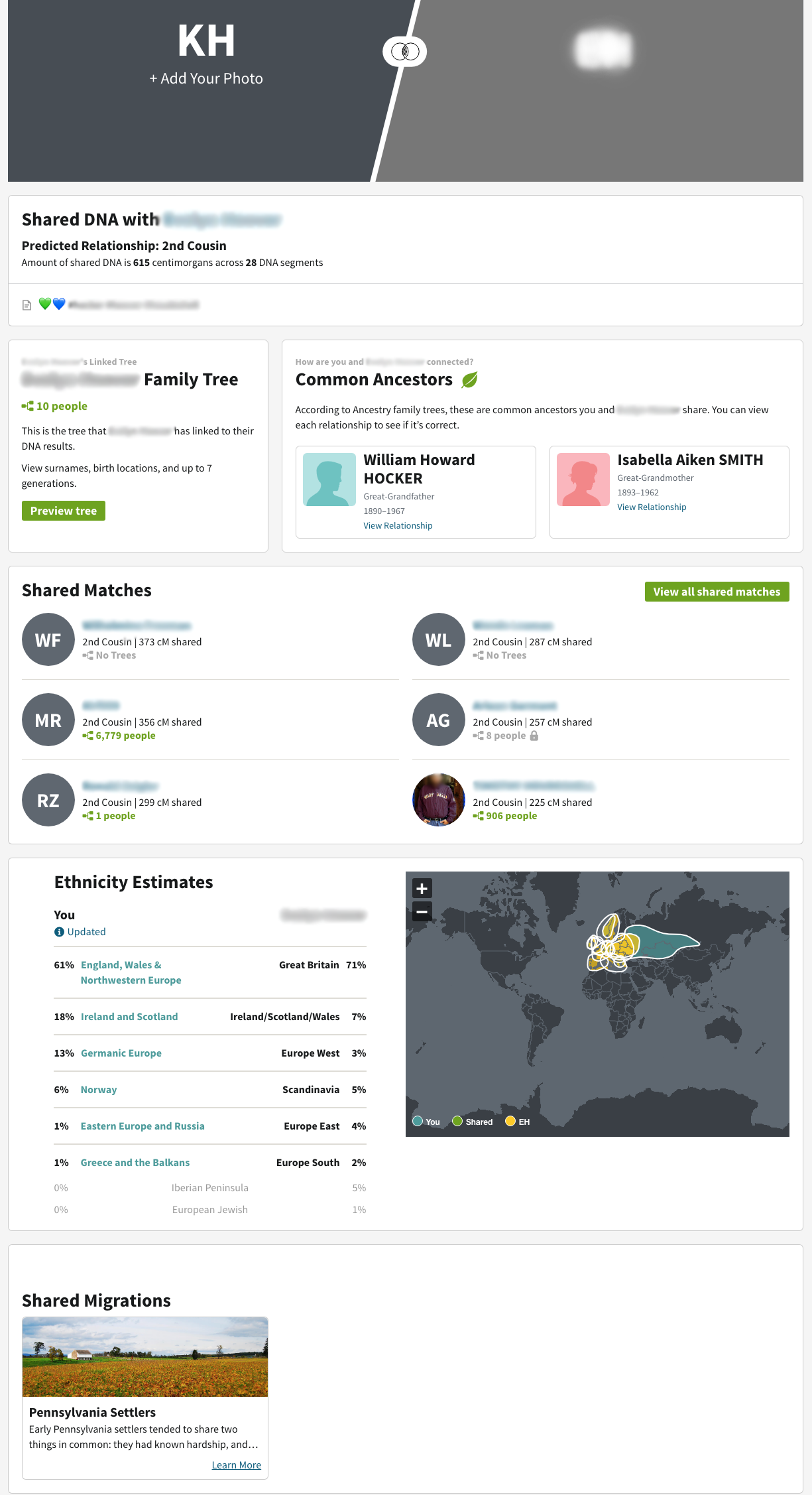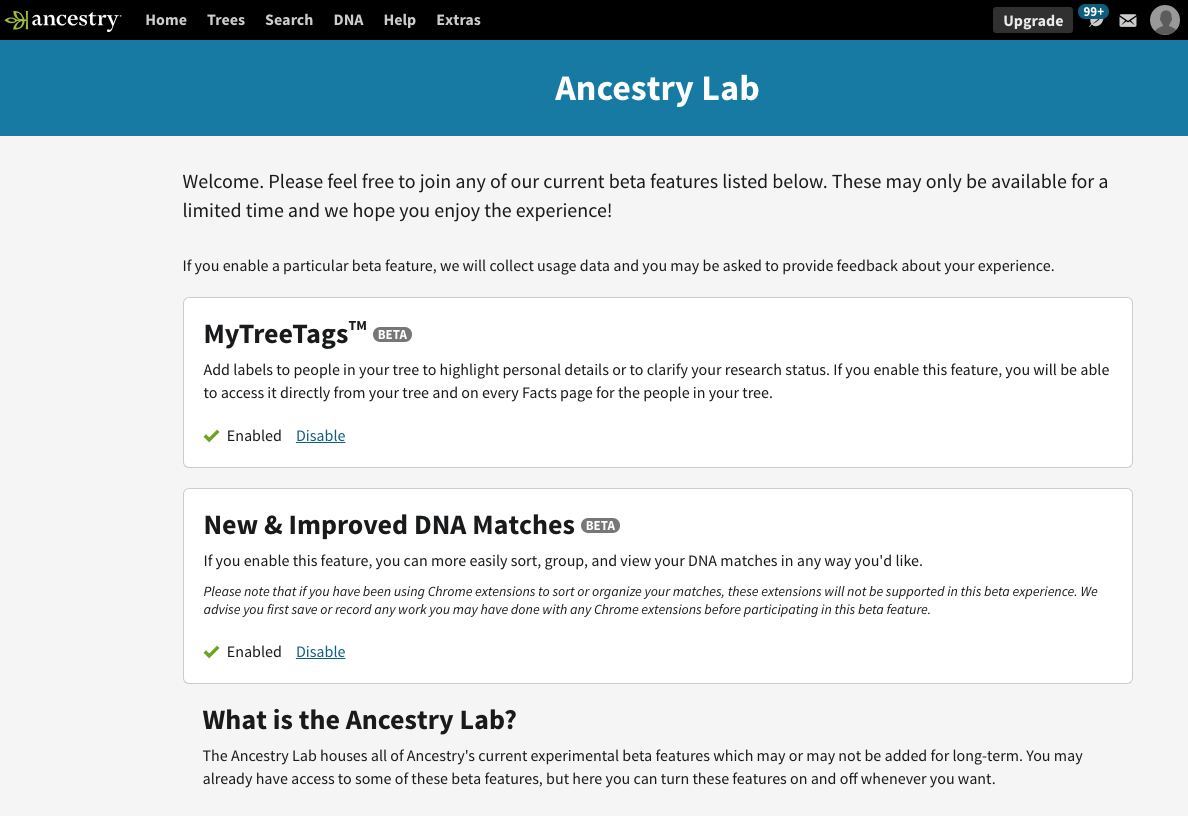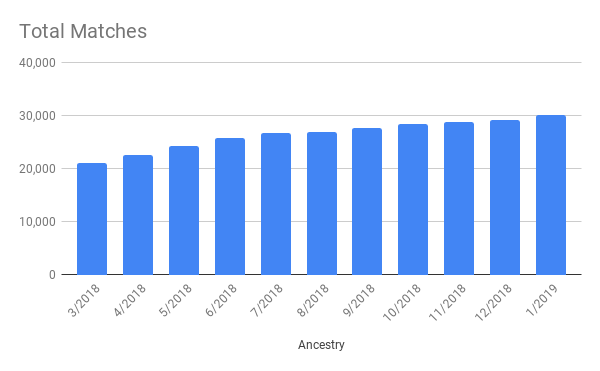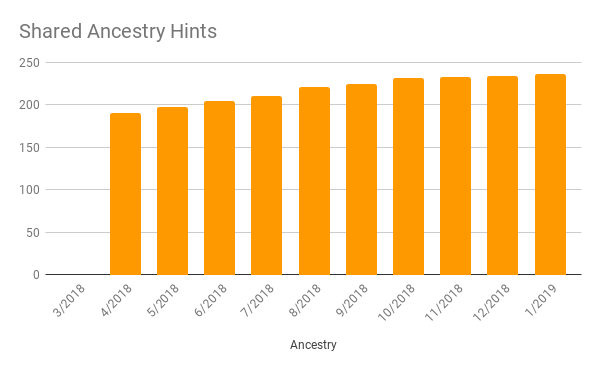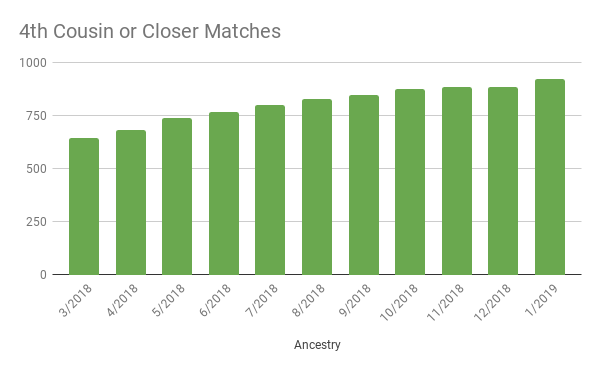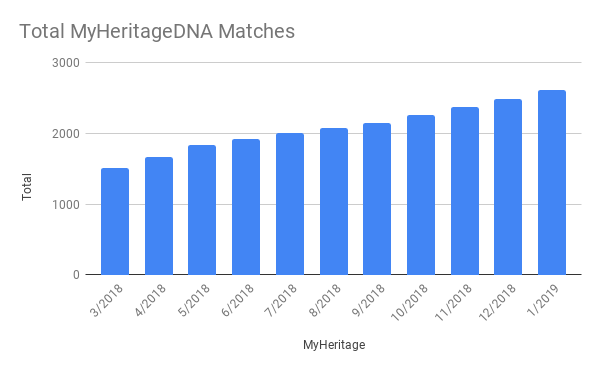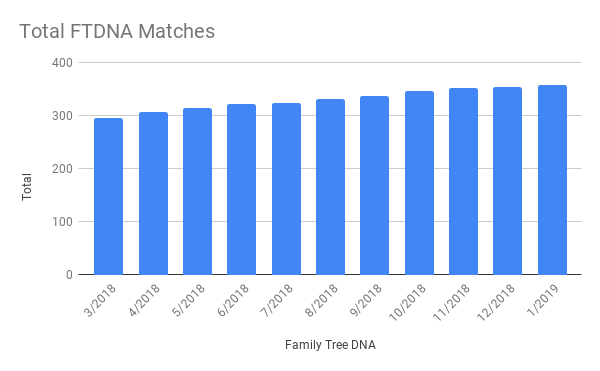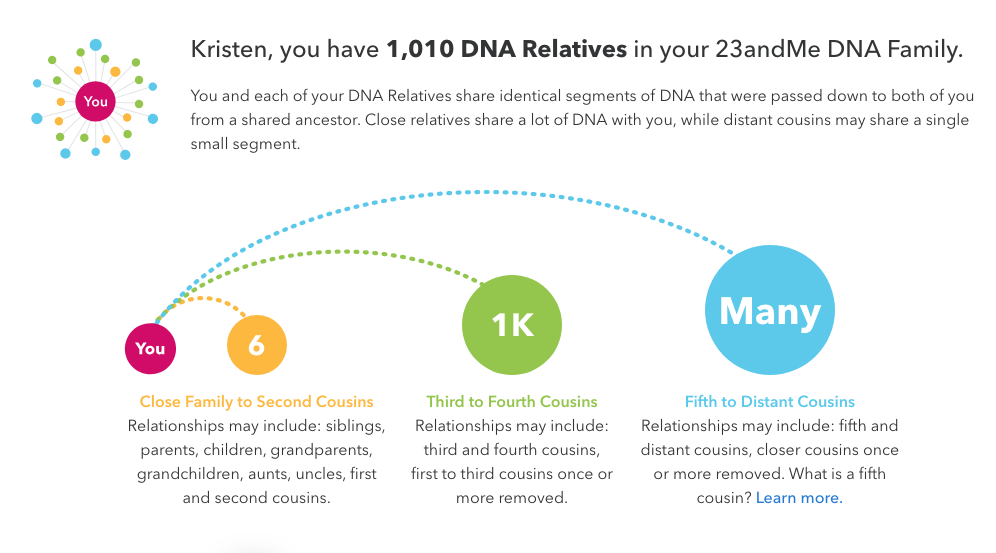Some Thoughts on the Parentage of Jefferson Force (1833-1910)
My third great grandfather Jefferson Force is my most frustrating brickwall ancestor. He was born 9 December 1833 and died 20 October 1910 in Pine Glen, Burnside Township, Centre County, Pennsylvania1 and was buried in the cemetery just down the road from where my grandmother’s family lived.2 He married Susan Mulhollan in 18573 and they had a family of 14 children, three of whom died as infants.
Nothing is really known about Jefferson’s ancestry. He first appears in the 1860 U.S. census in Burnside Township and remains in the township’s records through his death in 1910. At no point is there so much as a hint of his parentage in the record. His death certificate simply says “don’t know” under the names of father and mother.
Siblings?
Several other Forces—who I’ve taken as possible siblings—can be found in the 1850 census for Centre County. They appear in a number of disparate households:
• George W. Force (b. ca 1829/30) in the William & Mary Tate family, Spring Township
• Martin V. Force (b. ca 1835/36) in the John M & Mary Barnhart family, Howard Township
• David Force (b. ca 1835/36) in the Jackson & Elizabeth Watson family, Howard Township
• Agnes Force (b. ca 1839/40) in the George & Amey Cline family, Howard Township
• Philip Force (b. ca 1840/41) in the John & Barbara Neidic (Neidie?) family, Liberty Township
Assuming that these are all children of the same family, the parents must have married prior to 1829 and most likely died sometime between 1841 and 1850. If one or both parents were still alive in 1850, then they were unable to care for their children for some reason.
Isaac and Polly
A descendant of Agnes informed me that the names Isaac and Polly Force were handwritten on a Bible page that belonged to Agnes. DNA testing has shown that Agnes—and Martin V.—were related to Jefferson, probably his siblings. So, Isaac and Polly would also be Jefferson and Martin’s parents if the notation is correct.
I’ve seen this couple identified online as Isaac Force (1785-1843 or 1859) and Phebe Crowell (1789-1841), who married 20 March 1813 in Essex County, New Jersey.4 Isaac was allegedly the son of Isaac Force and Hannah Ward and 2G grandson of Matthew Force and Elizabeth Palmer.
I have a cluster of AncestryDNA matches that I’ve traced back to Benjamin, Thomas, and Mark, sons of Matthew and Elizabeth, plus a number that trace back to Forces that I can’t connect further back.
So far, this is consistent with Isaac and Phebe being the parents of Jefferson et al.
Questions and Conflicts
However, the more I research Isaac Force and Phebe Crowell, the more uncertain I am about them being Jefferson’s parents.
When I compare the birth years of those possible siblings of Jefferson to those of Isaac and Phebe, I see that the couple would have been 44 and 40, respectively, at the birth of George W. (born 1829), and 54 and 50 at the birth of Agnes and Philip (born 1839). While certainly not impossible, it’s pushing the limits. Furthermore, since they married in 1813, one would expect to see children born starting about 1815 or so. If there were older children, why weren’t any of those in the 1850 census found in a Force household?
Furthermore, Isaac allegedly died in 1843 in Pennsylvania, but other information shows he died 20 September 1859, and that both he and Phebe were buried in Ithaca. 5 Census records show an Isaac Force, aged 40-50, in Ithaca in 1840 with only a female, aged 40-50—presumably his wife Phebe.6 The 1830 census for Ithaca also shows an Isaac Force, aged 40-50, with one female, aged 40-50, and one male, aged 10-15.7
Neither of these records is consistent with a couple that had children between 1829 and 1839. Nor have I seen evidence of this Isaac in Centre County, Pennsylvania. Why would the children be in Centre County, Pennsylvania if the parents were in Ithaca, Tompkins County, New York?
There are a couple of possibilities based on this information:
- Ithaca Isaac and Phebe are NOT a match to Isaac and Polly, but ARE the couple married in 1813
- Ithaca Isaac and Phebe are NOT a match to Isaac and Polly and are NOT the couple married in 1813
- Ithaca Isaac and Phebe ARE a match to Isaac and Polly, but NOT the parents of the Centre County Force children from the 1850 census
- Ithaca Isaac and Phebe ARE a match to Isaac and Polly AND somehow related to the Centre County Force children from the 1850 census, but are NOT the parents
- The Centre County Force children—except Jefferson, Martin V. and Agnes—are NOT all siblings (explains age discrepancy) AND some of them belong to Isaac and Polly
At this point, I’m at a loss. I’m inclined to believe that Isaac Force and Phebe Crowell are NOT Jefferson’s parents, but are somehow related. It’s possible that another Isaac and his wife Polly were Jefferson’s parents, but I’ve yet to see evidence of them in any records outside the Bible page belonging to Agnes (Force) Shope (which I haven’t seen).
Based on the DNA, however, I’m fairly certain that Jefferson is a descendant of Matthew and Elizabeth (Palmer) Force. The question, of course, is how.

